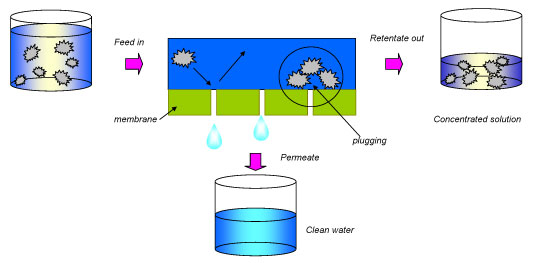You are here:
NOMRemove
/
Water treatment processes
/
Membrane filtration / separation

